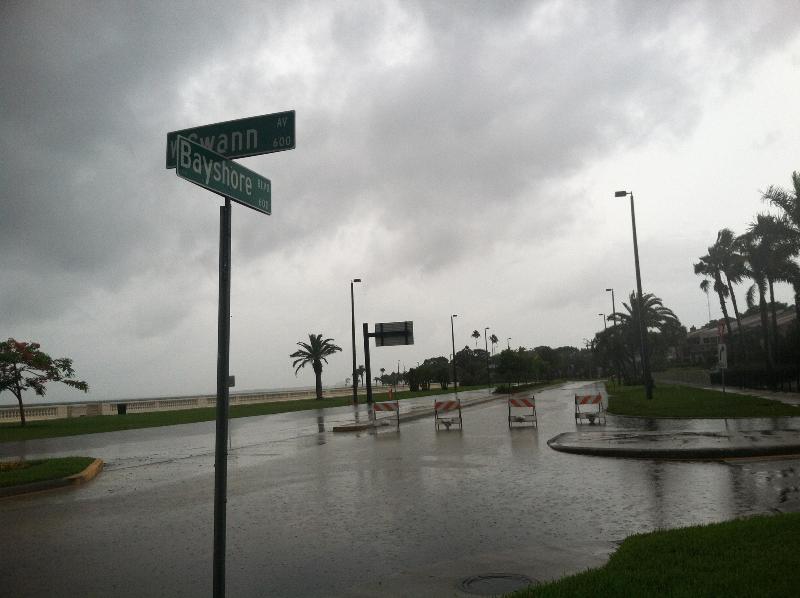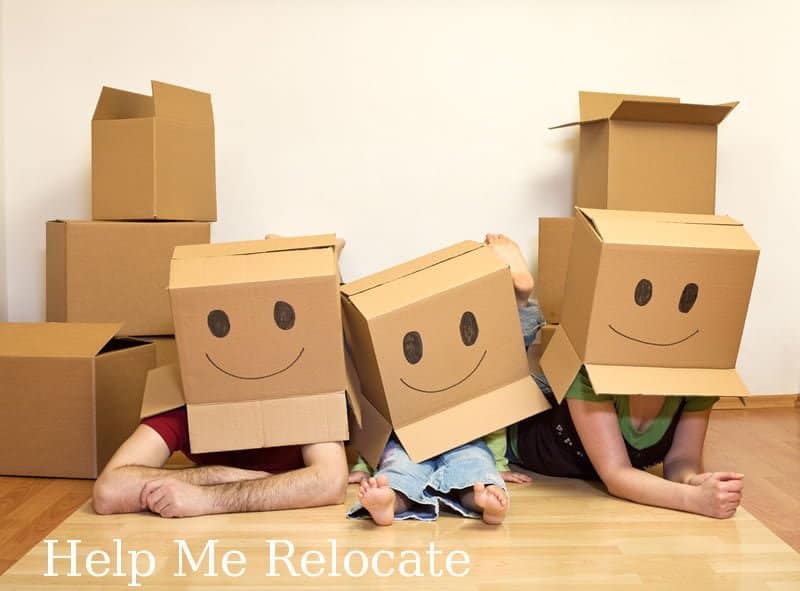Despite beautiful sunny skies and tons of ice-cold bevvy breaks, many homeowners with property located within areas that flood insurance is required have a great deal to be concerned about this summer. Hurricane season is here, and as we’ve just witnessed with Florence, these violent storms mercilessly tear through thousands of coastal properties with violent winds and inescapable storm surges.

8 things you need to know about flood insurance immediately
1. Know your coverage
Reported by insurance industry statistics, water damage is responsible for 40% to 50% of all claim costs. However in the insurance world, there are several types of water damage and each type is covered (or not covered) by a certain type of insurance.
Homeowner’s insurance will cover water damage if it’s the result of a “covered event” – industry jargon for “it’s included.” An example is going to be shattered window due to hurricane-force winds. The resulting water damage would most likely be covered. However, tides crashing into a home are not included. Neither is a storm surge or damage brought on by wind-driven rain (unless the wind is coming into your home as a result of other “covered” events such as a tree smashing through your roof due to hurricane-force winds).
Unfortunately, many uncovered perils are the primary reasons for floods in low-lying and coastal areas. So you may wonder: Who is covered and for what?
If the property is located in an area designated by the National Flood Insurance Program (NFIP) as a hundred-year flood zone (meaning the possibility for a damaging flood in any given year is 1%), you would be need to have flood insurance, particularly if you buy a home using a federally backed mortgage.
If the home is located beyond the borders of an NFIP high-risk flood zone, however in an area deemed to be a moderate to low risk area, you won’t have national flood insurance coverage but you can pay with their own money for further coverage through an insurance provider or through elective coverage through NFIP.
It is possible to see if the home is covered under NFIP is to check out FEMA’s website.NFIP flood insurance isn’t cheap – the organization’s website says the typical annual policy premium is about $700, and insurance experts say individuals who live in areas with the greatest probability of flooding can pay as much as several thousand dollars a year. But remember even the highest priced policy is still subsidized through the program.
2. Look for private provider coverage
There are three kinds of insurance coverage with regards to water damage:
Sewer backup coverage. This will protect your home from a sewer backup, septic backup or sump pump malfunction or failure. A sewer backup describes the discharge of “dirty water” into a home from a septic tank, drains or pipes. This form of flooding commonly takes place when rain or snow builds up in a municipality’s sewer system.
Overland flooding. This is when water enters a home from a point at or above ground level. This usually happens when there is a torrential downpour, during spring runoff or when a nearby river or lake breaks its banks and overflows. This coverage is only going to protect you from damage as a result of water that came in through downspouts, eavestroughs and drains.
Groundwater flooding. This type of water damage is different from overland water damage mainly because it takes place underneath the ground. Natural weather patterns are a common cause for groundwater damage. This includes flooding from nearby water sources or a large amount of rain flow in a short time period.
While insurance coverage to safeguard from ground-water flooding isn’t always available, if your are able to get it, the insurance coverage will protect you from the cost of damage caused when water suddenly and accidentally enters through foundation walls or floors.
3. Think about adding flood insurance
For many homeowners, flood insurance is covered under the federal NFIP program (and can cost as low as $400 annually, while the average annual policy costs $700), however for others, flood coverage could possibly be optional.
While this optional insurance is an extra cost, it can save you from catastrophic financial loss. Each additional coverage could cost as little as $50 each year (or up to $1,500 annually depending on where you live) but can save homeowners tens of thousands of dollars in clean-up and repair costs and can help alleviate the agony of having to replace all your personal belongings.
You’ll need to consider every type of water damage coverage – sewer back-up, overland water and groundwater. If you are renting you should consider purchasing your own coverage, as your contents are not protected by the landlord’s coverage.
4. Expect premiums to continue increasing
The main reason for this rising cost is actually as a result of flooding. The number of flooding incidents has rapidly increased in the last few decades and this has put a big strain on the complete insurance system (both private and federally funded).
Part of the problem is ageing infrastructure. The burden of this is initially felt by insurance companies and ultimately trickles down to flood insurance premiums. It’s why flood insurance premiums have risen – sometimes as dramatically as 30% – in the last few years.
Rising costs are going to be experienced by all homeowners because insurance providers spread the burden of rising claim costs – claims resulting from bad weather and failing waste-water systems, hydro-electric systems, bridges, roads and other municipal, provincial and federal infrastructure – among all policyholders. It’s the way insurance works: The many pay for the few.
5. Expect limited coverage
Insurance companies aren’t just raising premiums. They’re also limiting coverage, explains Adam Mitchell, president of Mitchell & Whale Insurance Brokers. Restricted coverage can sometimes include: raising premiums, raising deductibles, requiring homeowners to spend on mitigation upgrades, introducing or lowering policy limits, or just simply choosing not to renew a homeowner’s insurance policy, forcing homeowners to obtain coverage elsewhere.
6. Search for upgrade rebates
There are solutions to prevent or limit restricted coverage simply by making upgrades to the home’s systems. There is even a chance of rebates and financial incentives from insurance providers and the municipality.
“Most cities now realize the significance of prevention and have rebates to homeowners who are proactive,” explains Dan Sandink, manager of resilient communities and research at the Institute of Catastrophic Loss Reduction.
7. Taking a vacation? Be careful!
In many cases, home-buyers are not aware of clauses that can limit your coverage. Ensure you understand exclusions that may render your home insurance coverage null and void.
For instance, are you aware of the vacancy exclusion, which happens to be a part of most insurance policies. This exclusion states that if homeowners leave their home for longer than 30 consecutive days, the home insurance coverage is no longer valid and any loss as a result of an insurable event isn’t going to be covered. For some policies, the exclusion can start after as little as four days!
If you travel a lot or want to buy a home with a mortgage helper, you need to be particularly conscious of the vacant property exclusion. Here’s the good news: a solution. For the majority of insurance providers, all homeowners have to do is document that a reliable person either lived in the residence during the “vacant” period or visited the home every three to seven days. The time-frame may differ for each insurance provider, but this should be something that you will want to ask your insurance provider. To protect your investment.
8. Add separate coverage for high-value items, if you are able to
The maximum coverage amount homeowners can insure under NFIP is $250,000 for the structure of the home and another $100,000 for contents (which consists of personal goods, together with appliances, such as stoves and refrigerators).
If you are not covered under NFIP, you will also have limits as to what amount of the home and personal belongings are covered, but there will also be sub-limits that relate to special property, like jewelry, bicycles, computers or furs (things that are usually kept in basements).
Plus, coverage will typically only cover the footprint of the home as well as a garage or shed; it won’t cover landscaping or hard-scaping, such as pools. If you are concerned, you will want to call yourr insurance provider. Most companies are able to offer additional coverage for an additional cost. For some high-value items, this extra coverage can save tens of thousands in replacement costs.
Have a questions or concern? Nick, Cindy & Nicholas Davis with RE/MAX Premier Group are here to assist you with all your Real Estate Needs. We are always available at 813-300-7116 to answer your questions or you can simply click here and we will be in touch with you shortly.



